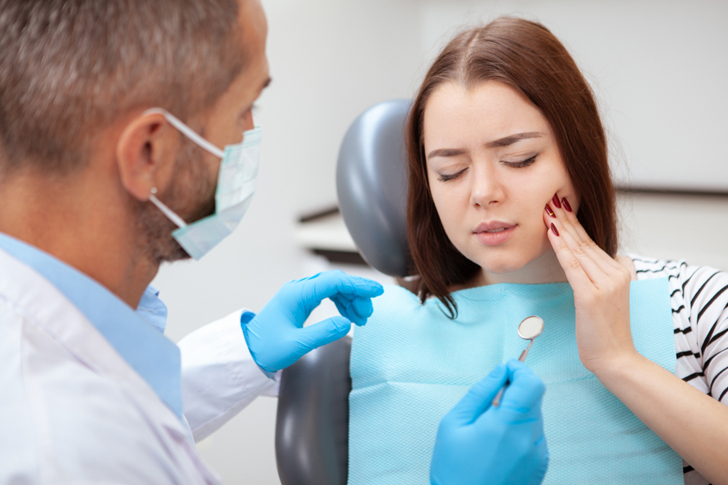Understanding When to Seek Emergency Dental Care
Emergency dental care is a crucial but often overlooked aspect of dental health. Understanding when to seek immediate dental treatment can make the difference between saving or losing a tooth, and in some cases, it may even be life-saving. This article provides a detailed guide on recognizing the signs that warrant a visit to the emergency dentist, backed by facts and numbers that underscore the importance of prompt action.

What Constitutes a Dental Emergency?
A dental emergency is any situation involving your teeth or gums that requires immediate treatment to stop bleeding, alleviate severe pain, or save a tooth. Emergencies can also include infections that pose a serious health risk. According to the American Dental Association, more than 2.1 million people end up in the emergency room each year due to dental pain. However, many of these cases could be handled more effectively by emergency dental services.
Common Dental Emergencies
The most frequent types of dental emergencies include uncontrolled bleeding, severe pain, abscesses, loose or knocked-out teeth, and infections. Each of these conditions not only affects your ability to carry on with daily activities but also poses a potential health threat if not treated promptly.
1. Knocked-Out Teeth
Time is of the essence when dealing with a knocked-out tooth. The American Association of Endodontists notes that a knocked-out tooth has the highest chance of being saved if it is returned to its socket within one hour of being displaced. If you find yourself in this situation, handle the tooth by the crown, not the root, rinse it without scrubbing, and attempt to reinsert it into the socket. If reinsertion isn’t possible, keep the tooth moist by placing it in milk or a tooth preservation product until you get to a dentist.
2. Severe Toothaches
Toothaches often hint at underlying issues that may necessitate urgent care. Causes can include tooth decay, abscess, fracture, or damaged fillings. A survey by the National Health and Nutrition Examination Survey reported that 27% of adults in the U.S. suffer from untreated dental caries. If pain is severe, persisting, and accompanied by swelling or fever, contact your emergency dentist immediately.
3. Abscessed Teeth
Dental abscesses are infections that occur around the tooth’s root or in the space between the teeth and gums. An abscess can cause significant discomfort, swelling, and redness. If left untreated, the infection can spread to other parts of the body, leading to serious health complications. According to a review in the Journal of Dental Research, dental infections contribute significantly to the overall burden of bacterial infections in humans. Immediate dental consultation is crucial if you suspect an abscess.
4. Uncontrolled Bleeding
Uncontrolled bleeding following a tooth extraction or other dental surgery is another reason to seek emergency care. During an extraction, a dentist usually advises on steps to promote clotting. If bleeding does not subside or becomes severe, it demands urgent attention to prevent further complications or excessive blood loss.
Preventing Dental Emergencies
While some dental emergencies arise from unpredictable accidents, others can be prevented with regular care and hygiene. Practices such as wearing a mouthguard during sports, avoiding hard foods that may crack teeth, and maintaining a routine of brushing and flossing can significantly reduce the risk of dental emergencies. Recent studies indicated that regular preventive dental visits can decrease the likelihood of future dental emergencies by identifying issues early when they are easier to treat.
What to Do in a Dental Emergency
First and foremost, it is important to keep calm and act quickly in a dental emergency. If you encounter a dental emergency, contact your dentist immediately. Most dentists offer an emergency contact number for after-hours situations. If you’re unable to reach your dentist, consider visiting an emergency dental clinic or, as a last resort, an emergency room, although it’s important to note that hospitals may not have a dentist on staff.
Conclusion
Recognizing when to seek emergency dental care is key to maintaining not only oral health but overall well-being. Accidents, infections, and other dental mishaps can occur without warning, but understanding the signs of a dental emergency can equip you with the knowledge to act swiftly and appropriately. Remember, the quicker you respond to a dental emergency, the better the outcome is likely to be. Ensuring you have access to emergency dental care and regularly consulting with your dentist can provide peace of mind and keep your smile healthy and intact.
Ultimately, the goal is not just to respond to emergencies when they occur but to prevent them where possible through good oral healthcare practices and regular check-ups.







Recent Comments